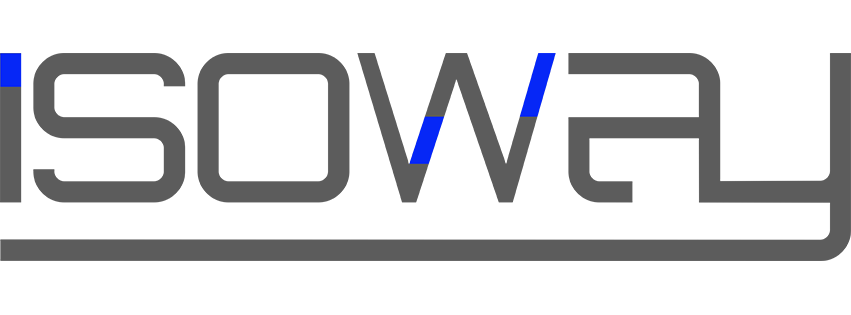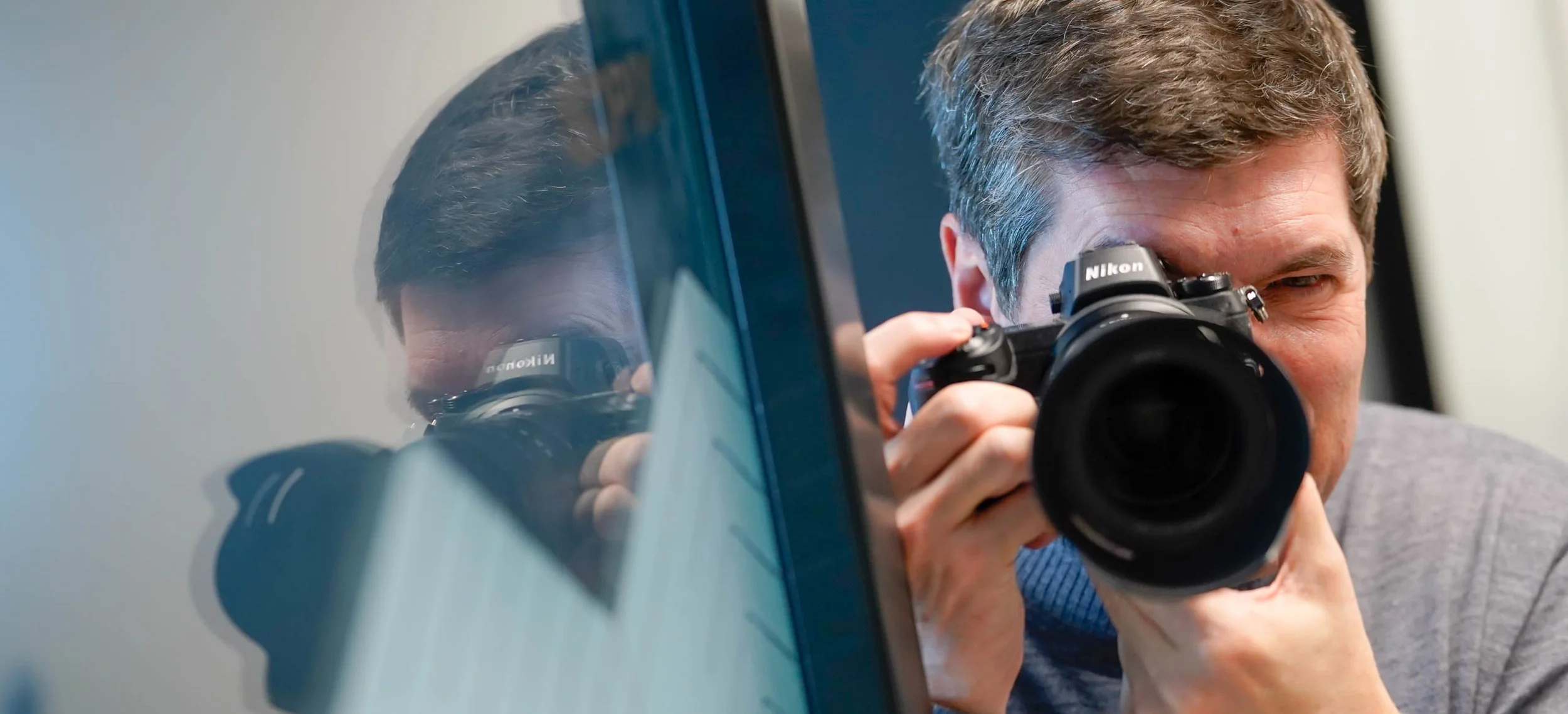How to properly retouch a photo for a corporate photographer.
In the demanding world of corporate and business photography, photo retouching plays a central role. Whether it's for a professional portrait, a management team, a report on company premises or event coverage, sublimating an image without distorting it requires expertise, precision and consistency.
Retouching in corporate photography doesn't seek to transform reality, but to reveal it at its best. In this article, we take you step-by-step through the process, from the tools used to select images and make the most appropriate adjustments, right through to the final export.
Why retouching is essential in corporate photography
Unlike artistic photography, retouching in corporate photography aims to be faithful to reality, while at the same time ensuring an image that enhances value. It involves eliminating minor imperfections, correcting harsh lighting or shadows, and ensuring consistency between all the images in a single report. A well-touched photo enhances the coherence of a company's visual communication.
Photo by Paul Marnef
Which software should I use to retouch a corporate photo?
Adobe Lightroom, a must-have for professional photographers
Lightroom is the reference in the world of corporate photo editing. It enables efficient batch processing, precise adjustments (exposure, contrast, white balance), and intuitive file organization. It's ideal for harmonizing back-to-back portrait or reportage series.
Photo Mechanic, the best quick selection tool
Before I start retouching, I always use Photo Mechanic. This software specializes in rapid image sorting, with a much more responsive browser than Lightroom. It allows me to :
View RAW files instantly,
Apply notes and colors to the selection,
Quickly add captions and metadata.
Once I've selected the best images, I import them into Lightroom for processing.
Step 1. Careful selection with Photo Mechanic
Why Photo Mechanic?
An ultra-fast browser, ideal for instant viewing of RAW images, even in high definition.
High-performance sorting tools, with a system of customizable colors, stars and codes.
Add metadata and captions as soon as you import, making workflow easier to organize, especially for photos intended for delivery to communications, press or HR departments.
This first step saves me a considerable amount of time (a photo story can sometimes include several hundred images, or even several thousand) and enables me to have a fluid workflow, transferring into Lightroom only those images that are really usable.
Before any retouching, it's crucial to efficiently sort and select the best images. To do this, I use Photo Mechanic, a metadata sorting and insertion program renowned for its far superior speed in reading RAW files than Lightroom.
This first step with Photo Mechanic allows me to save time and have a smooth workflow, by only transferring to Lightroom only those images that are really usable.
Step 2. Retouching with Lightroom
The best-known tools used by professionals to retouch photos are : Lightroom, Photoshop, Capture One, Nikon's NX Studio. GIMP, considered the best alternative to Photoshop, is a free tool but not widely used by the best professional photographers. Lightroom, the benchmark for corporate photographers.
For professional photo development and retouching, Adobe Lightroom has become theessential tool for many corporate photographers. This powerful software offers precise control over basic adjustments, colorimetry and sharpness, and enables consistent image series to be processed in an optimized timeframe.
Essential retouching for corporate photography :
Exposure and contrast.
To ensure good legibility and even light on faces.White balance.
Adapt color temperature to suit ambient light in offices or conference rooms.
Tone and highlight correction. Essential for avoiding shine on skin or overexposure on light clothing.
Clarity, texture and sharpness.
Highlighting details while maintaining a natural look is possible with localized corrections.
For example, softening shadows under the eyes or discreetly enhancing the look. And touch-ups to avoid.
Corporate retouching aims for fidelity and credibility. It is therefore necessary to. Avoid excessive smoothing of the skin. Do not transform facial features. Respect the colors of clothing, locations and corporate graphics. The aim is for the people photographed to recognize themselves and feel that they have been made to look their best, without artifice.
Step 3. Work on visual consistency
Consistency of style is essential, especially when delivering series of images for brochures, websites or professional social networks. LinkedIn, intranet, newsletter, etc. Tip. Use customized Lightroom presets to standardize settings. Harmonize colors according to the company's graphic charter: neutral background, warm tones, natural ambience. Maintain a sober, professional and timeless style.
Step 4. Export images with care
Good photo editing is useless without optimized export. Lightroom offers comprehensive export options to meet the varied needs of businesses.
Tips for exporting images
Lightroom allows you to export in several definitions, formats and color spaces, such as :
JPEG
JPEG XL
AVIF
PSD
TIFF
PNG
DNG
Original
as well as in different color spaces:
sRGB (which is the most restricted space)
P3 display
Adobe RGB
ProPhotoRVB
and many other formats
For more complex projects, I often offer several image formats. An HD version for printing and a web version optimized for social networks.
💬 Frequently asked questions about corporate photo editing
What are the best settings for retouching a corporate portrait?
The best settings depend on the ambient light, but in general we adjust exposure, light tones, clarity and white balance for a natural rendering. Contrast should be handled with subtlety.
Should Lightroom or Photoshop be used for corporate photo retouching?
Lightroom is sufficient in 95% of cases for a corporate photographer, as it enables batch processing, localized retouching and rapid export. Photoshop is useful for complex corrections and clipping.
How do you deliver your corporate photos to a client?
Two formats are recommended: one for high-definition printing (JPEG 100% in sRGB) and one for the web (2048 px, 72 dpi). Files should be renamed and metadata filled in.
Conclusion
Retouching a corporatephoto means sublimating with sobriety. Thanks to an efficient workflow (Photo Mechanic + Lightroom), discreet but precise retouching, and adapted export, we can deliver professional, coherent and enhanced images to companies.
Need a professional corporate photographer in Brussels or Belgium? Contact me on isoway.eu for a personalized quote.


